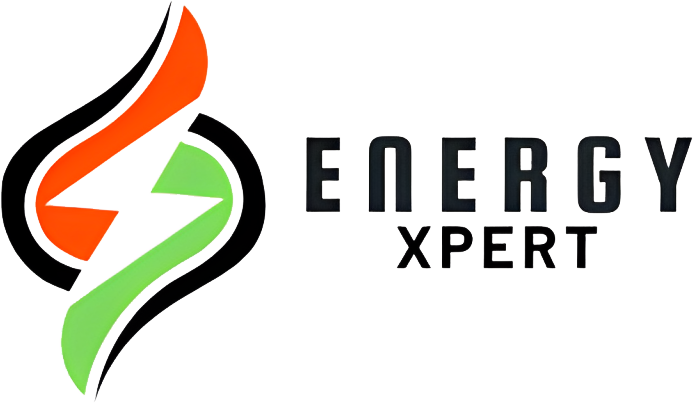Our communities’ libraries are their beating hearts. These hubs are more than just book exchanges; they are residences for notable literary works, meeting locations, and peaceful areas for work or study. People come here to find employment, discover new ideas, and sometimes just to get away from the summer heat or the winter cold. These structures serve as the foundation of a thriving neighborhood and provide houses away from homes.

Libraries are open for extended hours. When students need to study, several university libraries have the ability to run around the clock. Although libraries already have enormous buildings, new ones are being constructed that are larger than before in order to handle additional features like game rooms, community gathering areas, tech, and more volumes of publications. Energy use needs to be taken into account because of the long hours and the big square footage requirements.
It goes without saying that good lighting is essential for reading, but old or inefficient lighting can result in increased operating expenses. By replacing outdated lighting with LED fixtures, libraries may reduce their energy expenses while increasing staff and patron comfort and lighting levels. More sensors are added to new goods like Philips Evokits, which harvest sunlight via windows to change light outputs and save even more money. These devices also offer cleaner, brighter lighting. The long lifespan of LEDs not only reduces energy expenses but also labor costs associated with replacing ballasts and bulbs, as well as disruptions to daily activities.
Energy efficiency is one area where making a big financial commitment pays off quickly.
Investing in better lighting is an excellent place to start, especially because local utilities are encouraging libraries to minimize their energy use by offering incentives through their small public facilities and standard public facilities programs. Lighting accounts for over 17% of the operating costs of libraries, and with the incentives cut by over.50 per kWh, cost reduction is quickly achievable.
In most public libraries, HVAC systems are another major energy consumer with plenty of room for improvement. As the highest 25% of energy-efficient equipment available, Energy Xperts advises our clients to install CEE Tier 2 equipment. Proceeding with your standard procurement procedure will probably result in the purchase of equipment that is less efficient than Tier 2.
Furthermore, we urge libraries to utilize the demand control ventilation features found in their new equipment. Demand control ventilation employs a CO2 sensor to only bring in outside fresh air when necessary, in addition to using an economizer to provide free cooling on days when it is available. Without this method, your building probably draws 15% to 20% of its fresh air from outside, depending on your local code. On exceptionally hot and cold days, this can lead to significant energy waste.
Working with clients who share our cultural values is something we strive for. Energy Xperts Energy Efficiency is not just a distributor of lighting. We are more than just a lighting contractor or a profit-driven company. Energy Xperts is a limited liability company (L3C), which means that we are a low profit organization whose revenue is derived from the resolution of social issues. Energy Xperts exclusively serves communities in the Chicagoland area, where we ourselves reside. We recognize the value of these libraries remaining open for years to come as they are our libraries. In the past year, Energy Xperts collaborated with Carver Peterson, a sales consulting agency that specializes in fostering organizational growth, to pinpoint our “blue chips” clients.Blue chips were determined after carefully examining our present and future goals. Libraries were identified as one of the best matched verticals for us to operate in as a result of that study. With the goal of reducing energy in our home state of Illinois, Verde strives to keep as much of its revenue within our communities as feasible. To this end, it sources as much of its products as possible from manufacturers in the state.
Never believe anything we say. View our efforts to upgrade Chicagoland's HVAC systems to higher efficiency models or even incorporate EV car charging in order to draw in more clients and staff members while also increasing energy efficiency.
